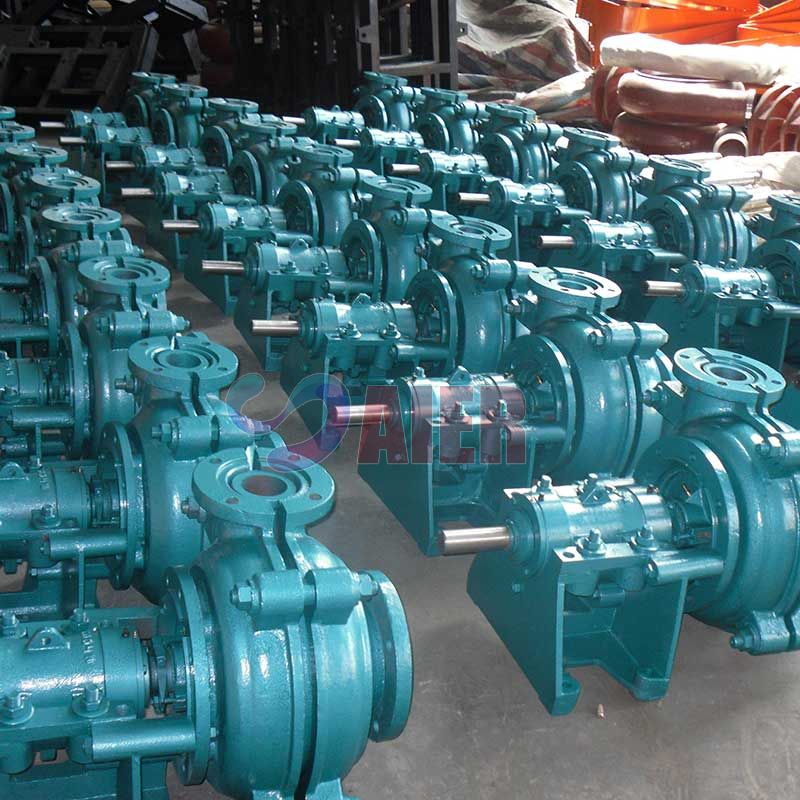Aug . 13, 2024 19:31 Back to list
Vertical Float Sump Pump Design for Enhanced Efficiency and Reliable Water Management Solutions
Understanding Vertical Float Sump Pumps
Vertical float sump pumps are an essential component in many industries, particularly in water management, wastewater treatment, and various manufacturing processes. These pumps are designed to remove excess water or sludge from sumps, pits, or other low-lying areas, ensuring that these spaces remain functional and safe for various operations. In this article, we will explore the features, advantages, and applications of vertical float sump pumps, providing a comprehensive overview of this crucial equipment.
What is a Vertical Float Sump Pump?
A vertical float sump pump is a type of submersible pump that is installed in a vertical position within a sump or pit. The design typically features a float switch that automatically activates the pump when the water level rises to a certain point. This automatic mechanism allows for efficient management of water levels without the need for constant manual oversight.
The float switch is connected to a motor that drives an impeller, which moves water up through a discharge pipe. The vertical orientation of these pumps allows them to handle larger volumes of water while taking up minimal floor space. This configuration also helps in maintaining a clean and uncluttered environment around the sump area.
Advantages of Vertical Float Sump Pumps
1. Space Efficiency One of the primary benefits of vertical float sump pumps is their compact design. They can be installed in tight spaces where horizontal pumps may not fit, making them ideal for locations with limited floor area.
2. Automatic Operation The float switch mechanism allows for fully automated operation. This feature reduces the need for manual monitoring and minimizes the risk of overflow or flooding, as the pump can respond immediately to rising water levels.
vertical float sump pump

3. Durability Most vertical float sump pumps are constructed from corrosion-resistant materials, making them suitable for harsh environments, including those with abrasive or corrosive substances. This durability extends the pump's lifespan and reduces maintenance costs over time.
4. Versatility These pumps can handle various liquids, including water, wastewater, and even some types of sludge. This versatility makes them applicable in a wide range of industries, from construction to agriculture to general industry.
5. Energy Efficiency Many modern vertical float sump pumps are designed to be energy-efficient, utilizing advanced motors and impeller designs that minimize energy consumption while maximizing flow rates.
Applications of Vertical Float Sump Pumps
Vertical float sump pumps are widely used across various sectors. In construction, they help manage groundwater during excavation, preventing water accumulation that could delay projects. In wastewater treatment facilities, they are crucial for transporting sewage and stormwater to treatment centers. Additionally, in industrial settings, these pumps are used to remove excess water from manufacturing processes or to manage runoff.
Moreover, these pumps are beneficial in residential applications, such as sump pits in basements, where they prevent flooding and water damage. As climate change leads to more frequent heavy rainfall events, the importance of effective water management solutions, including vertical float sump pumps, has become increasingly apparent.
Conclusion
In conclusion, vertical float sump pumps are vital tools for effective water and wastewater management. Their efficient design, automatic operation, and durability make them a preferred choice across various industries. As technology continues to advance, these pumps will likely become even more efficient and versatile, meeting the growing demands for effective liquid management solutions. Investing in high-quality vertical float sump pumps is a smart decision for any operation looking to ensure a safe and efficient environment.
-
High Quality Slurry Pump Seals Reliable China Suppliers & Manufacturers
NewsJun.24,2025
-
High Quality Portable Submersible Slurry Pump Supplier & Manufacturer from China
NewsJun.10,2025
-
Slurry Pump Parts Manufacturer – High Quality Rubber Spare Parts from China
NewsJun.10,2025
-
High Quality 1/3 HP Submersible Sump Pump with Vertical - Reliable Supplier & Factory Price
NewsJun.10,2025
-
High-Efficiency Centrifugal Slurry Pumps India
NewsJun.10,2025
-
High Quality Warman Centrifugal Slurry Pump Suppliers & Factory
NewsJun.10,2025
